Although Pain Hustlers is based on a true story, the new Emily Blunt and Chris Evans drama made several major changes to the opioid crisis tale. Directed by David Yates of Harry Potter fame, Pain Hustlers follows Liza, a down-on-her-luck single mother that gets pulled into a sleazy racketeering conspiracy that threatens to uproot her entire life. The film was inspired by a 2018 New York Times article by Evan Hughes called “The Pain Hustlers” that was later developed into a book entitled “The Hard Sell: Crime and Punishment at an Opioid Start-Up.”
Despite the fact that Netflix’s Pain Hustlersshares the name of the article it’s inspired by, the movie contains many critical differences from the true story. This isn’t entirely surprising considering that the film is attempting to entertain and endear audiences, with the true story as its background. For context, the article “Pain Hustlers,” and its later book expansion, explore the racketeering scheme of a drug company which produced a pain-relieving drug for cancer patients that included fentanyl. The company bribed doctors into prescribing their drug, which resulted in countless salespeople earning exorbitant amounts of money, but also, many real people becoming addicted to opioids or dying as a result.
10 Pain Hustlers Is Inspired By The Insys Scandal, Not Based On It

First and foremost, Pain Hustlers is inspired by the Insys scandal and Evan Hughes writing, but it is not a direct adaptation or retelling of the story. Though the movie does follow the actions of an irresponsible drug company convincing doctors to prescribe a potentially dangerous medication, the details of the film are quite different from the actual events. Furthermore, Pain Hustlers has a main plot that is much different than what Hughes wrote about for the New York Times in 2018. Overall, Pain Hustlers is a story that is loosely based on the Insys scandal, with plenty of creative independence taken throughout.
9 Pain Hustlers’ Characters Are Not Based On Real People

The first clue that Pain Hustlers is not a strict retelling of the Insys story is that the Pain Hustlers cast are not exactly based on real people. For example, the film’s main character Liza Drake, is a composite character, made up of various different perspectives within the Insys scandal. Liza in particular was likely inspired by a line in Hughes report, which claimed that Insys workers hired “a former exotic dancer.” Other characters such as Andy Garcia’s Jack Neel have similarities to real people, namely Insys’ John Kapoor, but for the most part, the characters are entirely fictional or are amalgamations of many different people.
8 Pain Hustlers Takes Place In Florida
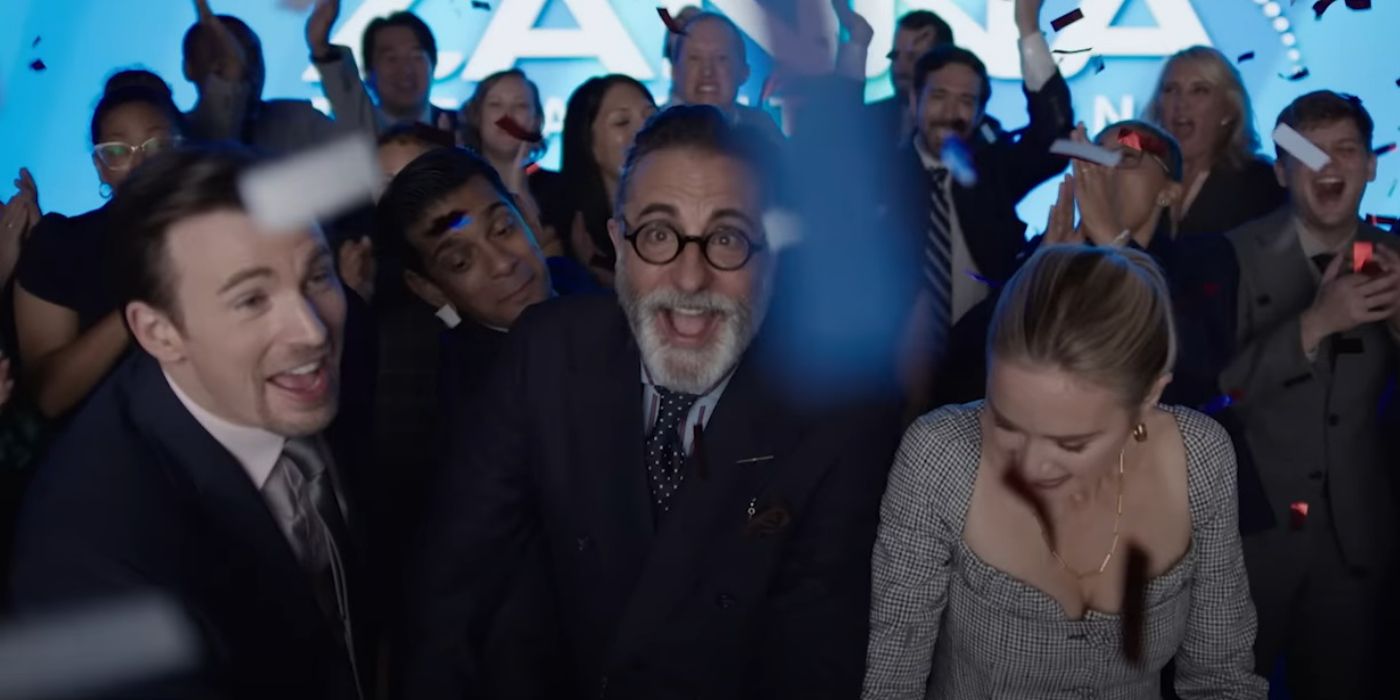
While Pain Hustlers takes place in central Florida, this is just one location where the Insys scandal likely took place. In actuality, Insys’ actions had a national, widespread effect on the United States. Though it is probable that some Insys salespeople were based in Florida, as Liza Drake’s character is, the scheme actually took place all over the country, and therefore, was much bigger than what is presented in the film. This is just one way that David Yates narrows down the Pain Hustlers story into a more personal and intimate tale.
7 Pain Hustlers’ Company Is Called Zanna
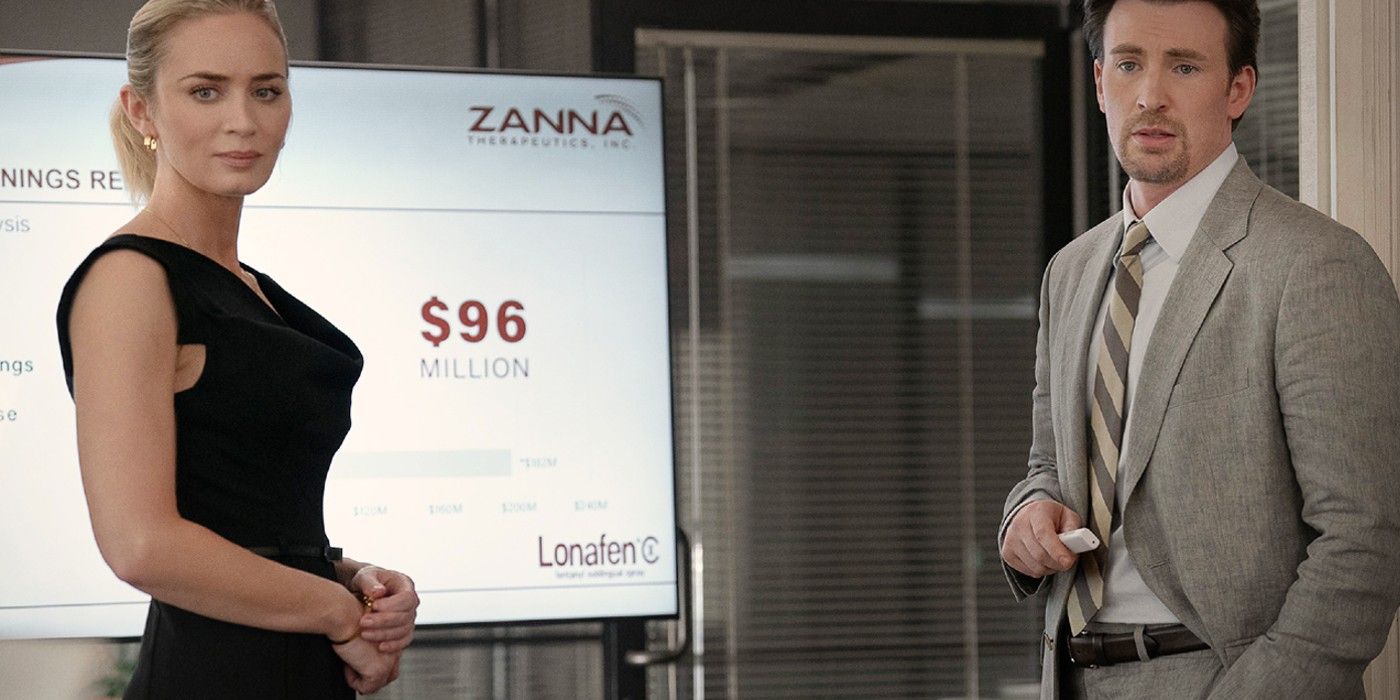
Getting into specifics, Pain Hustlers changed plenty of details about the true story, including the name of the drug company at play. While the real life scandal surrounded a company called Insys, in the film, the company is called Zanna. More specifically, this is the company that Chris Evans’ Pete Brenner works for, and the company that Liza Drake is hired by at the start of the film. Ultimately, Zanna is a stand-in for Insys, representing the real company’s actions, just with a different name in front of it for storytelling purposes.
6 Pain Hustlers’ Drug Is Called Lonafin
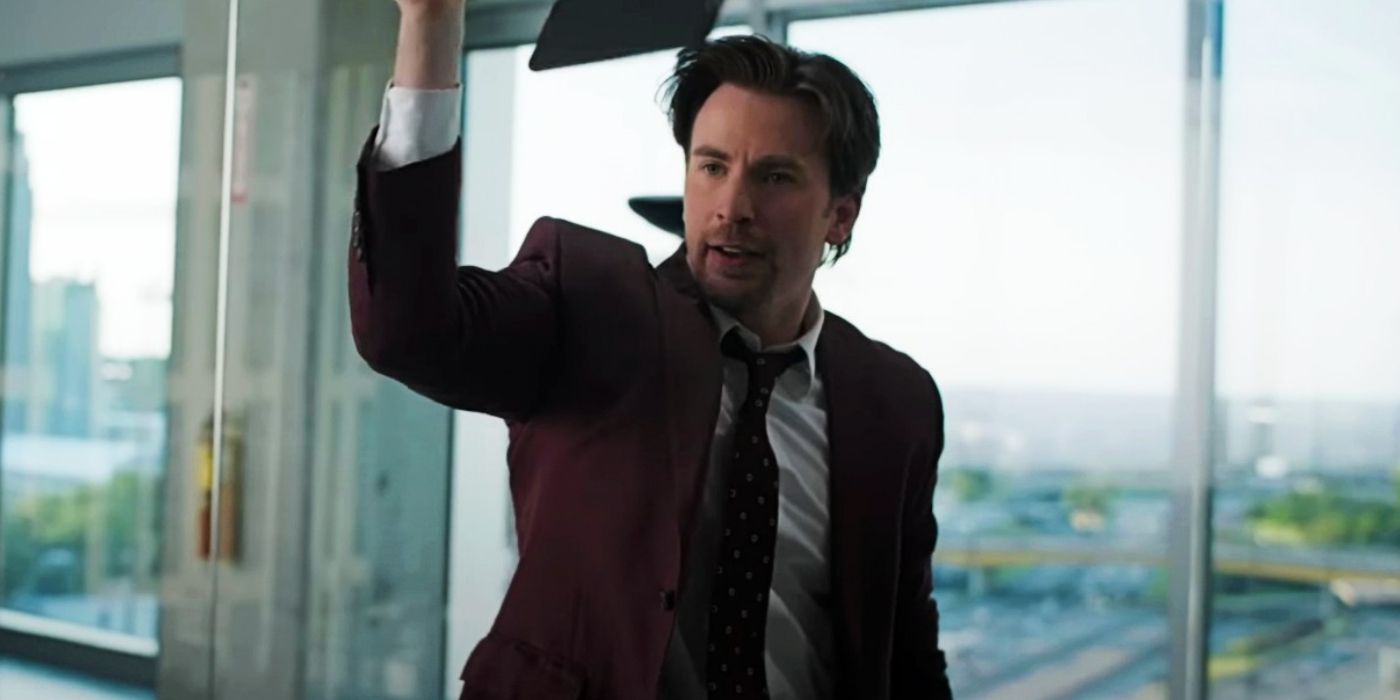
Similarly, Pain Hustlers changes the name of the drug that Insys created. In real life, Insys created a drug called Subsys, which the company then bribed doctors to prescribe. Meanwhile, on-screen, Zanna manufactures a drug called Lonafin. Though the drugs have different names, the effect is the same in both real life and the movie. Subsys and Lonafin are spray drugs that use fentanyl to relieve pain. Although the drug was only approved to help cancer patients and those at the end of their lives, Insys/Zanna pushed for the drug to be used by regular people, leading to an increase in opioid addiction.
5 Pain Hustlers Uses A Mock-Documentary Style

An interesting choice that David Yates makes in Pain Hustlers is instilling a mock-documentary style. For example, the film begins with a series of characters being interviewed as if a documentary is being made. It implies that the events have already occurred and that this film may be a vessel to tell the story. It even uses a black and white style during these moments. While an actual documentary style likely would have fit with Evan Hughes expose, the fact that the rest of the film is a fictionalized makes it different.
4 Pain Hustlers Adds A Storyline About A Sick Child

While much of Pain Hustlers plot is inspired by actual events, there is one storyline that is completely extraneous from Evan Hughes’ reporting. This plot line is that Liza Drake has a daughter who suffers from epilepsy and a brain tumor. Not only did the real story lack this type of storyline, but it is also a dramatic flair on the part of the movie. The fact that Drake’s daughter has a brain tumor adds a juxtaposition between the crimes Drake is committing and the reality of her life. In particular, her daughter’s condition makes audiences feel for Drake, and also connects her Lonafin sales with actual Lonafin use.
3 Pain Hustlers Shows One Perspective Of A Wider Issue
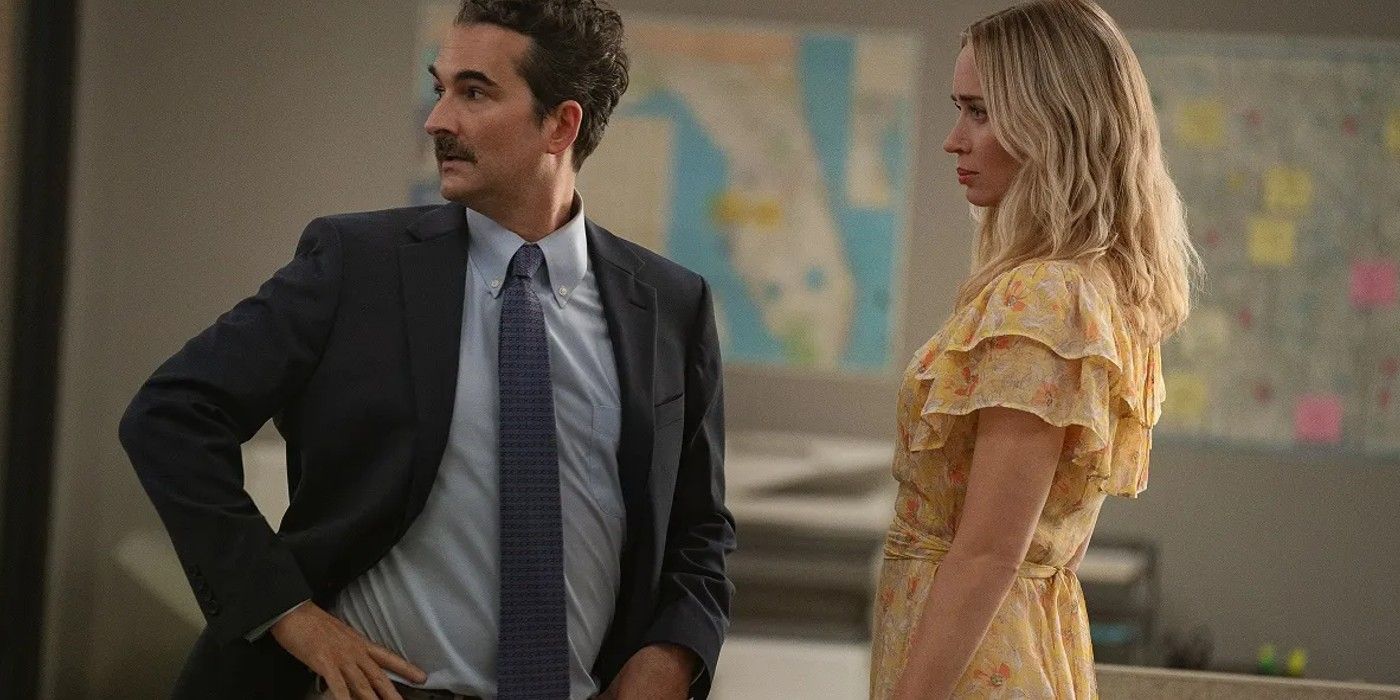
Another aspect of Pain Hustlers’ story that is different from the real events is the main plot of the story. While Evan Hughes’ New York Times article followed the Insys story from a much wider lens, Pain Hustlers follows one character specifically, Liza Drake. Once again, Drake wasn’t an actual figure in the Insys case, but her perspective in the film is important because it makes the story more accessible to audiences. By seeing the story from one particular perspective, it allows audiences to relate to Drake and the events at hand. Therefore, they get a better understanding of the Insys story.
2 Pain Hustlers Focuses On Young People Looking For Success

One interesting admission that David Yates makes about Pain Hustlers is that he wanted the film, and Liza in particular, to represent a certain group of people involved in the case. Yates told Time, “It was made up of young people who were often in over their head and they were hungry for success and a lot of that is embodied in her.” Although young people are certainly a factor within the Insys story, they definitely aren’t the main characters that Yates makes them out to be in Pain Hustlers. In this way, Yates gave the story a different spin by focusing on a specific group.
1 Pain Hustlers Adds A Comedic Tone To The Story
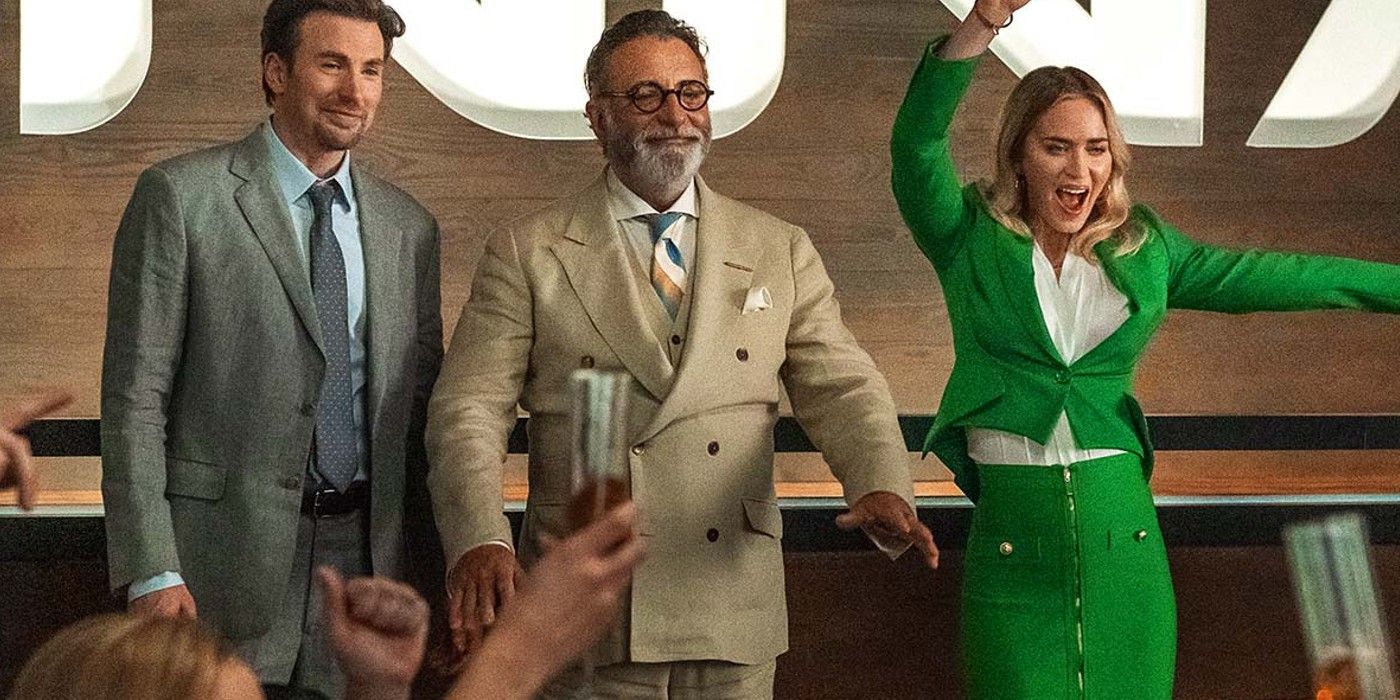
A final change that came from David Yates during Pain Hustlers was the comedic tone. For those who read Evan Hughes’ story about Insys, it likely reads as a completely tragic and unjust tale, however, Yates wanted to add a sense of chaos and hilarity to the story. While Insys’ actions were undeniably bad, Yates gave a peek into the feelings of the salespeople, like Drake and Brenner, who saw the money rather than the lives they were hurting. This new comedic tone adds layers to Pain Hustlers that the New York Times story likely did not have.




